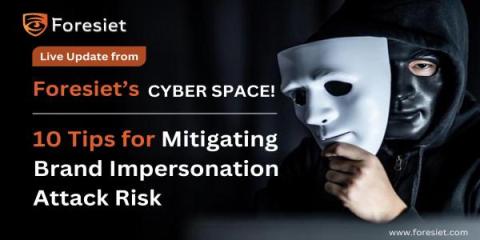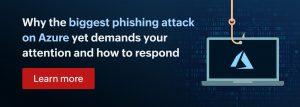Understanding the RSA-based Marvin Attack
The Marvin Attack, named after the vulnerability it exploits, poses a significant threat to systems relying on RSA encryption and signing operations. It's a variation of the Bleichenbacher attack, which exploits errors in PKCS #1 v1.5 padding to perform adaptive-chosen ciphertext attacks. The attack leverages timing information obtained from RSA encryption or signing operations.










